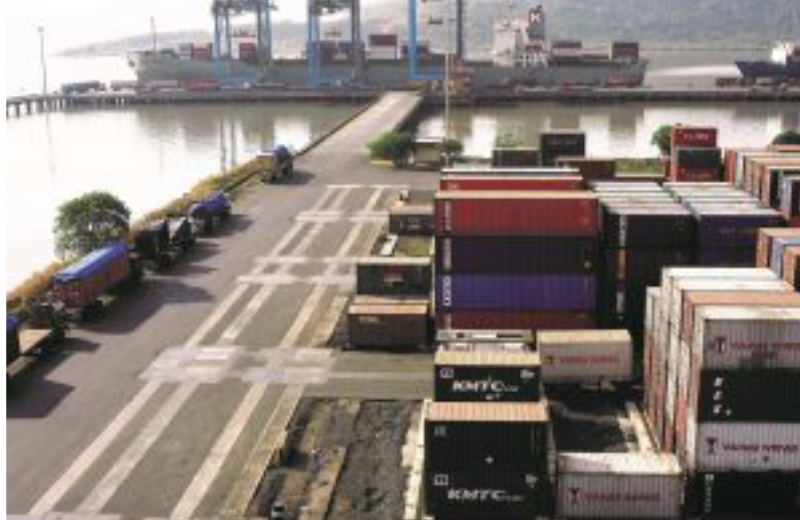[vc_row][vc_column][vc_column_text]Jawaharlal Nehru Port, the largest container handling port, which has lowered charges to attract more traffic, has also been able to strike a balance between imports and exports.
“Historically, this was a port for imports, where 65 per cent used to be imports. The recent trend shows that 51.5 per cent are imports, and remaining 48 per cent are exports, which reflects that imbalance is being reduced,” Neeraj Bansal, Deputy Chairman, JN Port, told BusinessLine.
He explained that the extent of export and import cargo is dynamic and can vary based on several factors such as festival demands. Also, the implementation of new processes is helping JN Port get customers from newer hinterland areas, to which it did not have access. The port has lowered the dwell time at various points, which allows more asset utilisation (such as more trips per truck in the same time), provided cheaper parking space and provided a discount to rail-based traffic, among measures to attract trade. These steps have been backed by a process to track container movement with the help of two independent agencies. One is a study by the Federation of Indian Export Organisation (FIEO), which is engaged in a time study of the entire port ecosystem; and another is a logistics database project of Delhi Mumbai Industrial Corridor Development Corporation Ltd (DMICDC), which would enable its customers track the containers so that they know where the containers are stuck and accordingly take necessary action.
Since October 2016, FIEO is measuring each activity at the port – like truck moving out of the port gate to CFS gate, time taken in the CFS and the number of days it takes for the cargo to be cleared at the CFS. “So, all four terminals are being measured in terms of export dwell time, import dwell time, road and rail component of that and the inland container depot and container freight station portion,” Bansal said.
With DMICDC, JN Port has implemented the RFID tagging of all containers which enter or exit the port. The agencies are tracking both imports and exports, covering almost 70-80 per cent of the containers at the port. The last leg of the report — tracking the movement from the inland container depot to importers — is pending.[/vc_column_text][/vc_column][/vc_row]







